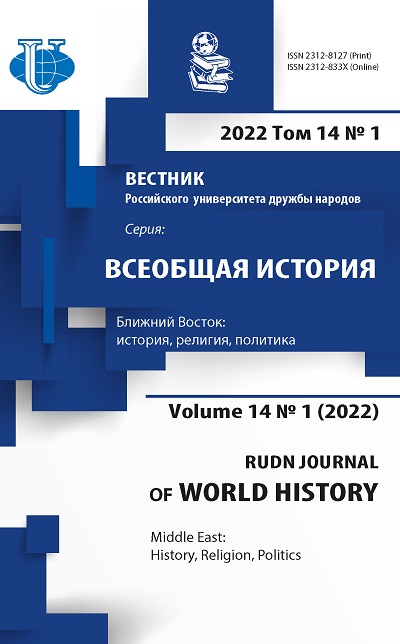Caliphate in the Ideological Dialogue of the Islamic World: The Case of Pan-Islamic Congress in Cairo (1926)
- Authors: Kirillina S.A.1, Safronova A.L.1, Orlov V.V.1,2
-
Affiliations:
- Institute of Asian and African Studies, Lomonosov State University
- Institute of Oriental Studies Russian Academy of Sciences
- Issue: Vol 14, No 1 (2022): Middle East: History, Religion, Politics
- Pages: 7-19
- Section: Religion and Politics in the Middle East
- URL: https://journals.rudn.ru/world-history/article/view/30333
- DOI: https://doi.org/10.22363/2312-8127-2022-14-1-7-19
Cite item













